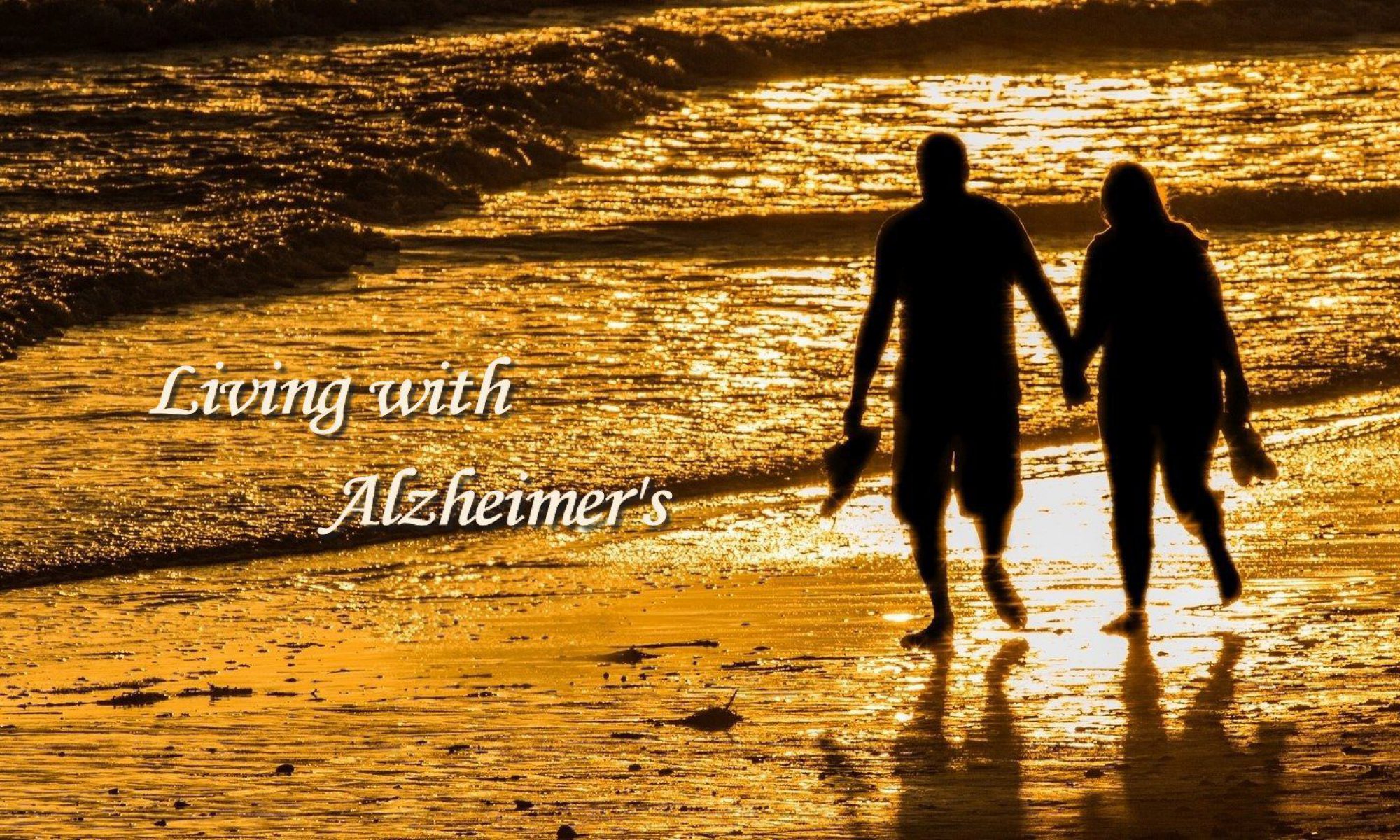In my recent posts, I’ve mentioned a number of reasons Kate and I have been able to live well while “Living with Alzheimer’s.” One that I overlooked is how much support I have received as a caregiver. I find that people are especially sensitive to the load carried by dementia caregivers and their need for help.
Three years after Kate’s diagnosis, I acknowledged her Alzheimer’s publicly. Since then, I’ve received an abundance of support from family, friends, and strangers. Everywhere I go people ask how we are doing and listen with interest as I tell them. Sometimes, people do something special to brighten our/my day. On several occasions when Kate was able to get out, a stranger bought our lunch. One couple (who are far from strangers anymore) buys my lunch almost every time they see me. That’s about twice a month. Only recently, have they let me buy their lunch occasionally. This same couple has given us several books. One contains all of Norman Rockwell’s paintings from the Saturday Evening Post. They have also given Kate several nice pieces of jewelry that the husband had given to his wife over their 61-year marriage.
This past week I received two very special gifts from friends. Coincidentally, each was a night out at a symphony concert. The first was from someone Kate and I have known for about fifty years. Our daughters are “Best Friends Forever.” She has a grandson who plays trumpet with the University Symphony Orchestra, and she invited me to join her and her family for dinner and the Symphony’s final concert of the season last Thursday. They performed Carmina Burana which I had not seen before. I hadn’t left Kate at night for more than two years, but I arranged for a caregiver to stay with her. It was a great night out with friends, and the performance was outstanding. It was the first time I had attended a live performance in four or five years.
The second gift was this past Saturday night. Kate and I have had season tickets for our local symphony since the mid-eighties. As her Alzheimer’s progressed, we stopped attending but started giving our seats to friends. That was about five years ago. Our neighbor in the apartment next door was aware of my love for our local symphony and that I had once served on their board. Although she has a season subscription of her own, she had offered several times to stay with Kate so that I could go. Each time I declined.
Two months before the symphony’s last concert this past weekend, she once again offered to stay with Kate. This time she was a little more assertive and asked me to pick one of the remaining concerts, and she would stay with Kate. As it turned out, I had already been thinking about attending the final concert of the year. The orchestra was performing Mahler’s Symphony No. 1. It is one of my favorite symphonies. In addition, Kate and I were sponsoring the performance. I really wanted to go, but the caregiver I would like most to have stayed with Kate works for us eight hours a day Monday through Friday. I didn’t want to ask her to pull an extra shift on the weekend. It can be difficult to find help these days, so I was in a quandary about what to do. Our neighbor’s offer was timely, and I accepted it quickly. I’m so glad I did. It was a wonderful night out. The concert was great, and I got to see quite a few people I hadn’t seen in years.
These two nights out were very special, and I am grateful for the kindness of friends like these and so many others that have helped us live well while “Living with Alzheimer’s.”






